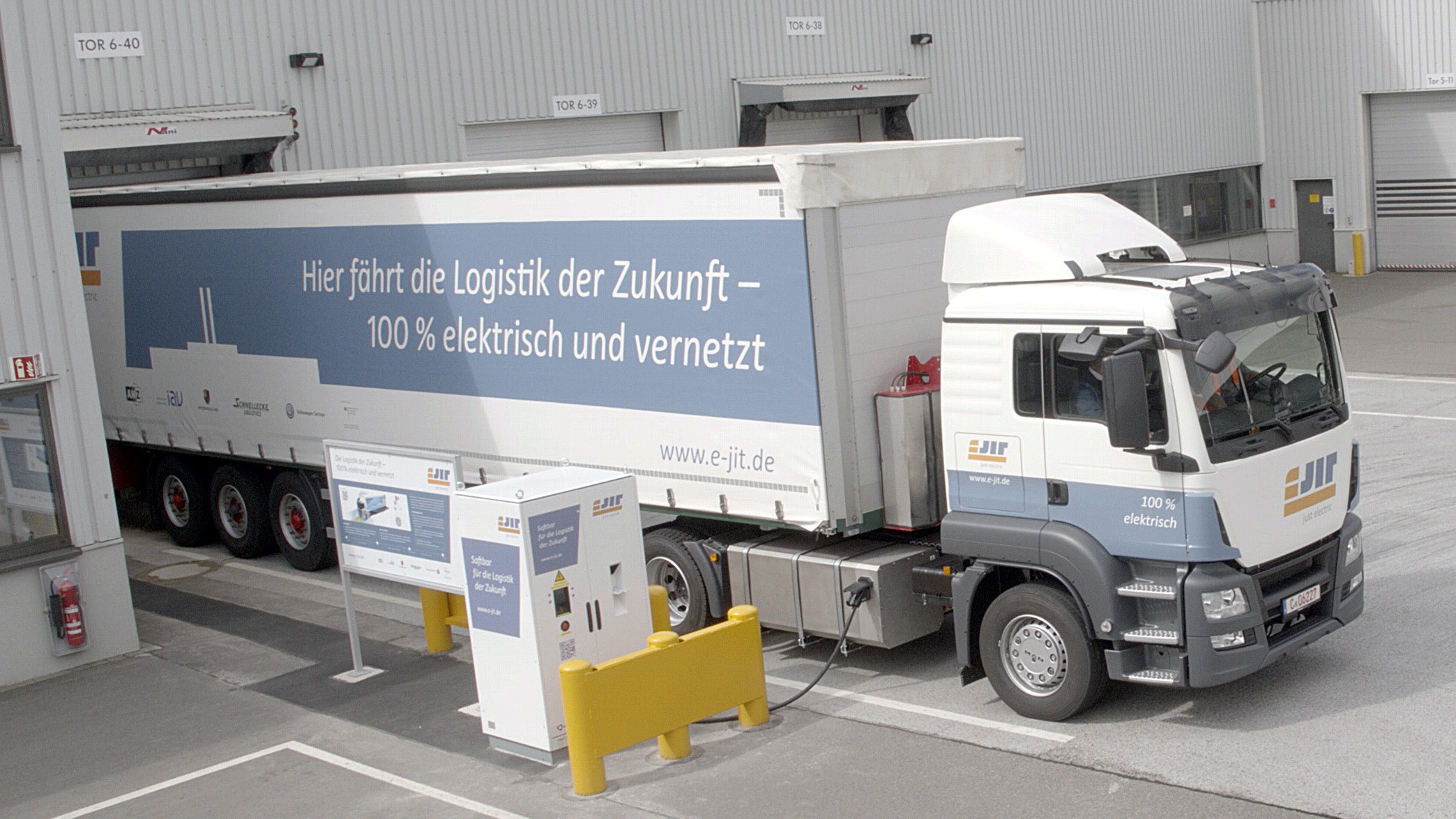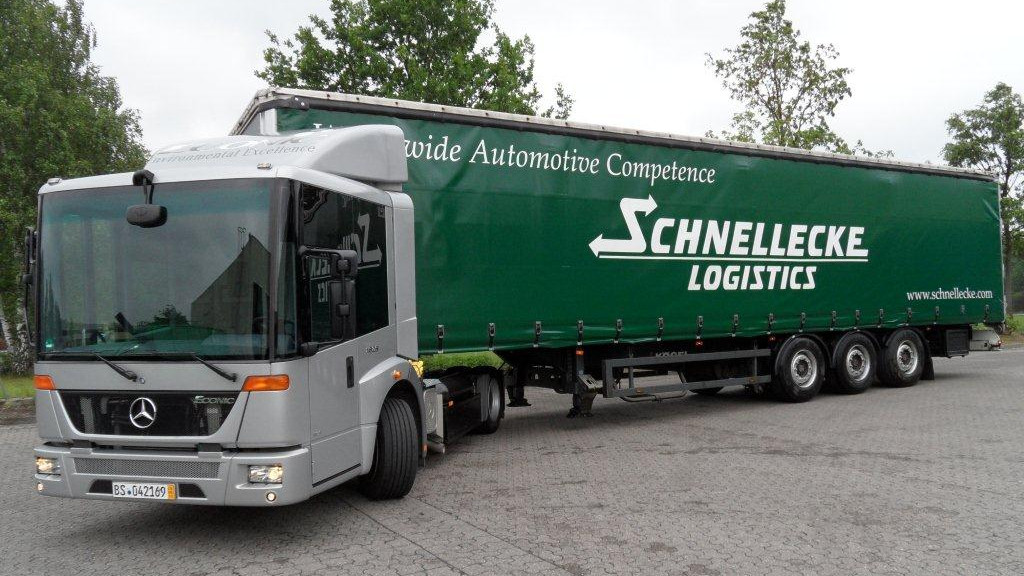Sustainability and environmental friendliness are among our core values. We take a responsible approach to the issue of sustainable transport and therefore provide our customers with the latest developments and innovations that support our long-term goal of reducing CO2 emissions.
Alternative drive types are used at Schnellecke at various locations with different requirements. In addition to diesel vehicles, we also have electric and natural gas trucks as well as LNG and CNG-powered vehicles in our fleet.
We are currently deploying sustainable HVO100 fuel in our truck fleets. This is a hydrotreated vegetable oil made from fully renewable raw materials that can be filled into a standard diesel vehicle without any design changes. This allows us to reduce carbon pollution by up to 90%, immediately, without changing existing infrastructure.
HVO100 and CNG for a sustainable future
The advantages of the gas-powered truck are manifold: the main argument in favor of the CNG truck is the low level of emissions. According to the manufacturer, CO2 emissions can be reduced by up to 95%. CNG trucks also emit fewer nitrogen oxides and almost no soot particles. This means that the ecological footprint is significantly smaller. In addition, the raw materials for biogas are renewable, which in the long term could mean that the finite fossil raw materials for diesel will no longer be needed in the future and the gas will be produced in a CO2-neutral way. Noise pollution for humans and animals is also minimized, as a CNG truck is no louder than a vacuum cleaner or hairdryer at less than 71dB.
HVO100 Diesel fuel is made from 100% renewable raw materials and significantly reduces greenhouse gas emissions. In addition, it has very good combustion properties with a cetane number above 70, which is well above the EN590 standard for diesel fuel. HVO100 Diesel premium fuel is almost odourless and can be safely used in the vehicle and its fuel system. At the same time, it has excellent shelf-life properties that are comparable to conventional diesel.

